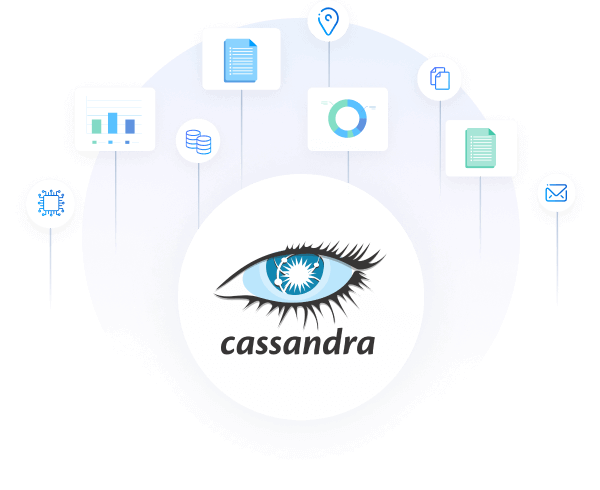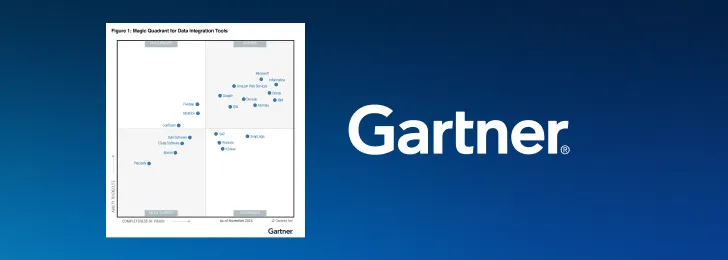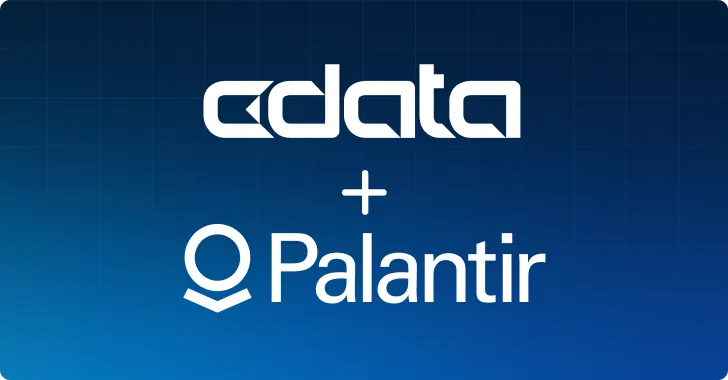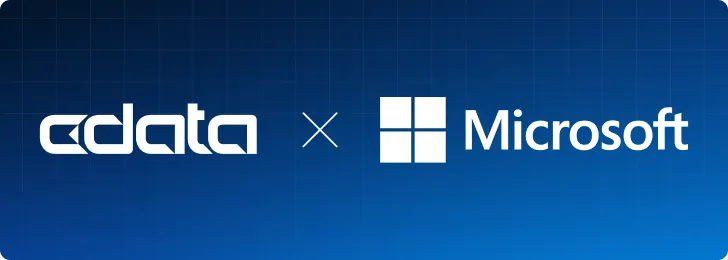
Apache Cassandra is a scalable and robust open-source NoSQL database designed to handle vast amounts of distributed data without compromising on performance or availability. Its high availability and fault tolerance features make it a popular choice for organizations that deal with large-scale, dynamic datasets.
Developed by the Apache Software Foundation, Cassandra's architecture is based on a decentralized peer-to-peer model, where each node in the cluster has equal importance. Cassandra is particularly well-suited for applications that demand low-latency, high-throughput, and seamless scalability, so it’s often the go-to solution for industries like finance, telecommunications, and e-commerce, where real-time data processing and responsiveness are critical to their success.
Apache Cassandra benefits
What makes Cassandra so special? Why should you consider it? Check out these benefits that make it a game-changer for handling big data:
- Scalability: Cassandra is designed for seamless horizontal scalability, which allows organizations to add nodes to the cluster to accommodate growing data volumes and user loads. As mentioned earlier, it uses a decentralized architecture, which ensures that it can handle read and write requests independently.
- Availability: Cassandra ensures high availability by replicating data across multiple nodes. This minimizes the risk of data loss or downtime and makes it exceptionally suitable for applications that require continuous operation.
- Fault tolerance: Cassandra's decentralized nature provides inherent fault tolerance. When node failures occur, data is still accessible from other replicas, ensuring system reliability and preventing data loss.
- Flexible design: Cassandra’s flexible schema lets developers create and modify tables without needing a predefined schema. This flexibility is particularly useful in scenarios where the data model evolves over time or where unpredictable data formats are encountered.
- Performance: Because Cassandra is optimized for low-latency data access, it is well-suited for applications that demand real-time responsiveness. Its architecture means that data can be read and written quickly, even as the dataset size and the number of users increase.
- Integration: Cassandra can be integrated with other tools and technologies, which enhances its versatility and compatibility in the broader ecosystem of data processing and analytics tools.
- No single point of failure: The decentralized and peer-to-peer nature of Cassandra eliminates the possibility of a single point of failure. Each node is independent from the others, so the absence of a centralized master node improves system reliability and resilience.
- Large dataset support: Cassandra can handle massive amounts of data across distributed clusters. It manages both structured and unstructured data, so it’s suitable for use cases with large and diverse datasets.
- Elasticity: Cassandra's decentralized architecture makes it easy to add or remove nodes, which gives it the elasticity to adapt to changing workloads or infrastructure requirements.
- Replication: Cassandra supports multi-data center replication, which is important for achieving disaster recovery, making data available locally for improved performance, and for catering to global user bases.
- Community support: Because it’s an open-source project, Cassandra benefits from a vibrant community of developers and users who actively contribute to improving it. Various resources, forums, and documentation are available for support and troubleshooting.
Common Apache Cassandra database use cases
Because of its many robust features, Cassandra can be used in a variety of diverse scenarios. From managing extensive time-series data to powering real-time analytics, here are 10 key use cases where Apache Cassandra excels:
- Time series data storage: Cassandra excels in handling time series data, which makes it a great choice for applications that require efficient storage and retrieval of timestamped information. Some of these use cases include IoT (Internet of Things) applications, monitoring systems, and financial platforms where tracking events over time is critical.
- High-write workloads: Logging systems, social media platforms, and other systems that have high-write workloads, benefit from Cassandra's ability to handle many write operations across distributed nodes while maintaining low-latency performance.
- Real-time analytics: Cassandra supports real-time data processing, so it’s valuable for applications that require instant analytics and reporting. These use cases include online retail platforms, recommendation engines, and dynamic dashboards that rely on up-to-the-minute insights.
- Content management systems (CMS): CMS platforms leverage Cassandra for its scalability and flexibility in managing unstructured or semi-structured data. It can be especially useful when your CMS serves large-scale websites and applications with diverse content types,
- Distributed databases: Cassandra is commonly used in scenarios where a decentralized and distributed database architecture is imperative. This can include environments with geographically dispersed data centers, or global deployments that require data replication across regions for improved availability and fault tolerance.
- Catalog and inventory systems: Applications that handle cataloging and inventory management—such as e-commerce platforms—benefit from Cassandra's efficiency in handling large datasets, its dynamic and flexible schema design, and its low-latency access for real-time inventory updates.
- Event logging and tracking: Security information and event management (SIEM) systems that require comprehensive event logging, tracking, and auditing can leverage Cassandra's fault-tolerant and scalable architecture to ensure reliable data capture and analysis.
- Recommendation engines: Applications that provide personalized recommendations, such as e-commerce platforms and streaming services, use Cassandra to manage user preferences and activity data. Its high-throughput capabilities enable the rapid retrieval of relevant recommendation information.
- Message queues and communication platforms: Chat applications, communication systems, and message queues all can benefit from Cassandra's ability to handle high-throughput, low-latency write operations, which ensures both real-time communication and reliable message storage.
- Big data integration: Cassandra is frequently integrated with other big data technologies like Apache Spark and Apache Hadoop, where it becomes part of a comprehensive data processing and analytics ecosystem. This is particularly beneficial for organizations that require a scalable solution for both storage and analytics.
When not to use Apache Cassandra
Of course, there are situations when Cassandra isn’t the right solution, and you would do better using a different tool. These use cases can include:
- Small-scale applications: Cassandra isn’t ideal for small-scale applications with limited data and relatively low traffic. For these applications, where a simpler, single-node database solution is sufficient, the overhead of managing a distributed system can outweigh the benefits.
- Systems requiring strong ACID compliance: Cassandra sacrifices strict ACID (Atomicity, Consistency, Isolation, Durability) compliance in favor of high availability and scalability. This means it isn’t well-suited for applications that rely on complex transactions and require strong consistency guarantees.
- Complex querying and joins: Cassandra's design uses primary keys to prioritize efficient write operations and fast retrieval of data. It is usually not suitable for applications that rely heavily on complex querying, ad-hoc queries, or joins, because these operations can be less performant in Cassandra.
- Frequent updates or deletes: Cassandra is optimized for high write-throughput and append-only operations. Applications that need frequent updates or deletions of existing records can experience decreased performance, because updates that involve tombstone markers can lead to increased storage demands.
- Read-heavy workloads: Although Cassandra handles both read and write operations, if an application is read-heavy and has minimal write activity, a database system optimized for read efficiency might offer better performance.
- Static or infrequently changing schemas: Cassandra is great at handling dynamic and evolving data schemas. If an application’s schema is stable and doesn’t change often, using Cassandra might introduce unnecessary complexity to the environment.
- Single node deployments: Although Cassandra can technically run on a single node, this isn’t its intended use case. Its distributed architecture is designed for scalability across multiple nodes, so if you’re looking for a standalone database for single-node deployments you are likely to find other more suitable solutions.
- Data warehousing and business intelligence: Cassandra isn’t optimized for the complex analytical queries that are the norm in data warehousing scenarios. Dedicated data warehousing solutions might be more appropriate if your focus is business intelligence, reporting, and ad-hoc analytics.
- Resource limitations: Implementing and maintaining Cassandra requires a certain level of expertise in distributed systems. If your organization lacks the necessary resources or expertise, opting for a more straightforward database solution might be the better choice.
- Short-lived data storage: Cassandra's distributed architecture is designed for long-term data storage, so it’s less suitable for scenarios where temporary or short-lived data storage is a key requirement. Temporary data stores or caches might be more appropriate for these use cases.
CData Cassandra Drivers and Connectors for data integration
CData offers specialized drivers and connectors that facilitate seamless connectivity to Apache Cassandra distributed databases. These drivers provide easy-to-use, bi-directional access to live data from a variety of applications, including BI tools, analytics platforms, reporting systems, ETL solutions, and custom applications.
Let’s take a look at some of the key features of CData Cassandra Drivers and Connectors:
- Bi-directional connectivity: CData Cassandra Drivers enable bi-directional communication, which means that users can not only extract data from Cassandra but can also write data back to the database. This is critical for applications that require both data retrieval and updating functionality.
- Easy integration with BI tools: CData Drivers and Connectors are designed to seamlessly integrate with popular BI tools, such as Tableau, Power BI, and many others. This lets users leverage their preferred BI environment to visualize and analyze data stored in Cassandra, without the need for complex configurations.
- Analytics and reporting integration: CData connectivity solutions simplify the process of integrating Cassandra data into analytics and reporting systems. You can create data visualizations, generate reports, and derive meaningful insights from live Cassandra data, thereby improving your decision-making processes.
- ETL integration: The drivers and connectors integrate seamlessly with ETL tools, which streamlines the entire data integration process. Thanks to read/write capabilities, you can treat Cassandra as either the source or target for data pipelines. Whether you are pulling data from Cassandra and transforming it before loading it into a warehouse or pulling business data from disparate systems and loading it into Cassandra, CData Drivers allow for efficient and automated data workflows in your ETL tool(s) of choice.
- Custom development: CData Drivers are suitable for custom application development, so that developers can build apps that interact with Cassandra databases. This means all your custom apps can easily incorporate Cassandra data, which enhances their functionality and relevance.
- SQL access to NoSQL data: CData Drivers provide SQL access to NoSQL data in Cassandra. This is great for users who are accustomed to working with SQL queries, because they can leverage their existing SQL skills to interact with Cassandra data, even though Cassandra itself uses a NoSQL data model.
- Secure and efficient data access: The drivers have built-in security features to ensure secure communication with Cassandra databases. These include support for authentication mechanisms and encryption protocols, so you can be sure data integrity remains intact during transit.
- Comprehensive data coverage: CData Cassandra Drivers support a wide range of Cassandra features, data types, and query capabilities. This ensures that users can fully leverage the capabilities of Cassandra in their applications and analytical processes.
- User-friendly configuration: The drivers are provided with user-friendly configuration options, to minimize the complexity of setup and allow users to quickly establish connections to Cassandra databases without extensive technical expertise.
- Cross-platform compatibility: CData Drivers are designed to be cross-platform, so they are compatible with multiple operating systems and environments. This ensures flexibility in deployment and usage across different IT infrastructures.
CData Cassandra Drivers and Connectors offer a comprehensive solution for users seeking efficient, bi-directional connectivity to Apache Cassandra distributed databases. Whether you need them for BI, analytics, reporting, ETL, or custom applications, these tools facilitate easy access to live Cassandra data, while enhancing the overall data integration and analysis experience. Download a free trial and take the CData Cassandra drivers for a spin!
Try CData Cassandra Drivers
Download a free trial of CData Drivers and get started today.





